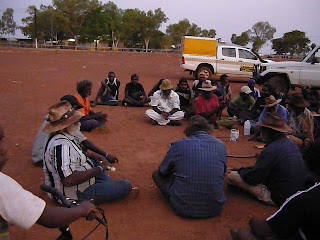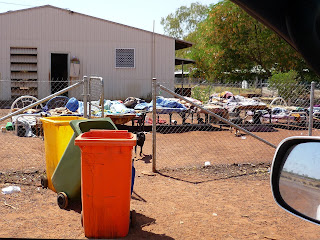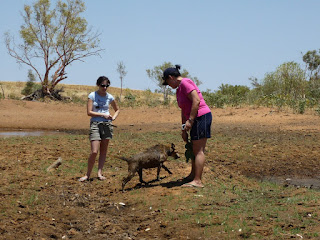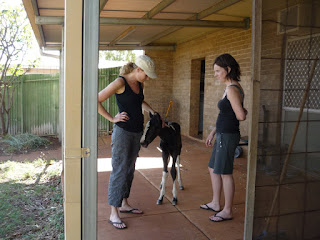



Getting away from the rat race and heading into the unknown to discover the Australian outback! Follow me on my adventures!!
























The Skin name system is a division of society into a number of groups, each of which is given a name that can be used to refer to individual members of that group. There are systems with two such groupings (these are known as 'moieties' in kinship studies), systems with four (sections), six and eight (subsection systems). Some language groups extend this by having distinct male and female forms, giving a total of sixteen skin names, such as the Warlpiri (the people I'm living with). While membership in skin groups is ideally based on blood relations, Australian Aboriginal kin systems are classificatory, meaning that even people who are not actual blood relations are assigned to a skin system. They are also universal, meaning that every member of the society is assigned a position in the system. It gets very complicated but I have been given the skin name Napurrula so I am now related to many people some of my relatives




 Tamara painting our fence. Often some of the girls do this as there isn't anything else to do!!
Tamara painting our fence. Often some of the girls do this as there isn't anything else to do!!
 Just another pool photo
Just another pool photo



















